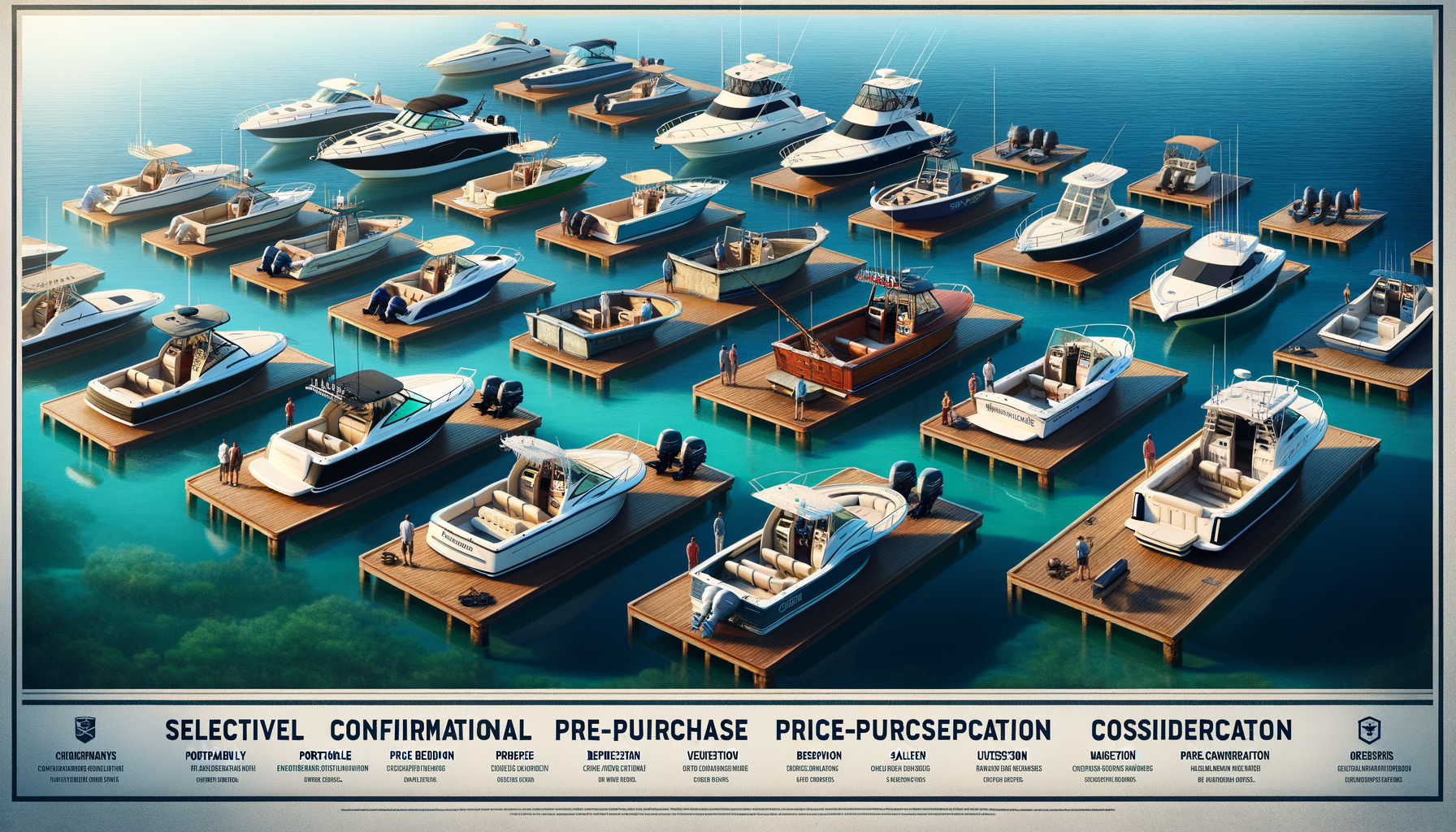Introduction to Buying Used Boats
When it comes to purchasing a boat, many enthusiasts find themselves weighing the benefits of buying new versus used. While new boats come with the allure of the latest technology and pristine conditions, used boats offer significant savings and the opportunity to own a larger or more equipped vessel for the same budget. Understanding the nuances of purchasing a used boat can ensure that you make a wise investment, avoiding common pitfalls and maximizing your enjoyment on the water.
Benefits of Buying Used Boats
Purchasing a used boat comes with several advantages that make it an appealing option for many buyers. One of the primary benefits is cost savings. Used boats are generally more affordable than new ones, allowing buyers to either save money or invest in a more luxurious model than they could afford new. Additionally, used boats have already depreciated, meaning they hold their value better over time compared to new boats.
Another advantage is the availability of a wide variety of models and styles. The used boat market is vast, offering everything from small fishing boats to large yachts. This variety allows buyers to find a boat that perfectly fits their needs and preferences without being limited to the latest models. Furthermore, used boats often come with extras like upgraded electronics or fishing gear, which can add value without additional cost.
Key Considerations When Purchasing a Used Boat
Before purchasing a used boat, it’s crucial to conduct thorough research and inspections. Start by identifying the type of boat that suits your needs, considering factors such as size, intended use, and budget. Once you’ve narrowed down your options, it’s essential to inspect the boat thoroughly. Look for signs of wear and tear, such as hull damage or engine issues, which could indicate costly repairs in the future.
It’s also advisable to request a marine survey, conducted by a professional, to assess the boat’s condition accurately. This survey can reveal hidden problems that aren’t immediately visible and provide a clear picture of the boat’s value. Additionally, review the boat’s maintenance records to ensure it has been well cared for, which can impact its longevity and performance.
Negotiating the Purchase
Once you’ve found a used boat that meets your criteria, the next step is negotiating the purchase. Start by researching comparable boats to understand the market value, which can provide leverage in negotiations. Be prepared to make a reasonable offer based on the boat’s condition, age, and any necessary repairs identified during the inspection.
Negotiations can also include discussing terms such as payment plans or warranties. Some sellers may offer limited warranties on used boats, providing peace of mind for the buyer. Additionally, consider the costs of ownership beyond the purchase price, such as insurance, storage, and maintenance, to ensure the boat fits within your budget.
Finalizing the Deal and Ensuring a Smooth Transition
After successfully negotiating the purchase of a used boat, it’s time to finalize the deal. Ensure all paperwork is in order, including the title, registration, and any warranties or service agreements. It’s crucial to verify that there are no outstanding liens on the boat, which could complicate ownership.
Once the transaction is complete, take the time to familiarize yourself with the boat’s operations and features. If possible, arrange for a test run to ensure everything is functioning correctly. This practice not only confirms the boat’s condition but also helps you become comfortable with its handling and performance on the water.
By following these steps, you can enjoy the benefits of owning a used boat, making memories on the water with confidence and peace of mind.




Leave a Reply